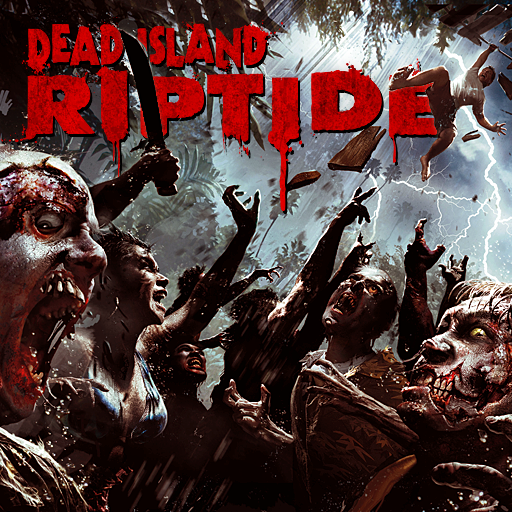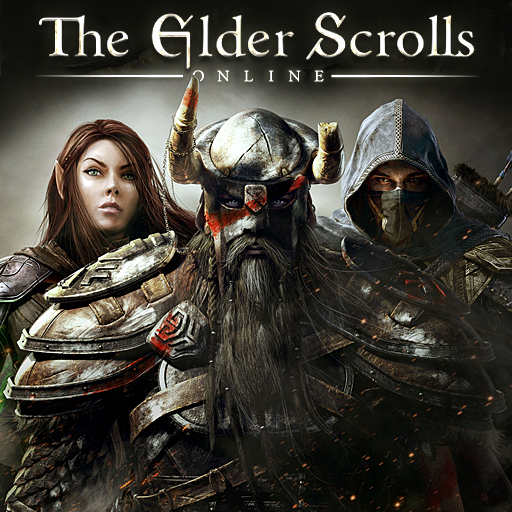Hello there, I'm Accel and this is my review on Dead Island: Riptide.Dead Island: Riptide is more of the same, and if you played and enjoyed the last one then in all likelihood that's all you want to hear from this review.If you put any amount of time into the original then chances are you already know the praise and criticism that's about to follow.That's not to say there aren't changes – improvements even – but Dead Island: Riptide won't appeal to those who were left feeling cold by the original.
Game link:
http://deadisland.deepsilver.com/agegate.php
Steam link:
http://store.steampowered.com/app/216250/

Still, if all you ever wanted was two games about slicing zombies with poisoned katanas and exploding knives, Riptide has your back.
Like its predeccessor, Dead Island Riptide is light on narrative, but there's the skeleton of a story in place. The original survivors of the Banoi outbreak have been picked up by a stereotypical, self-destructively shady military organization, and are being held hostage on a ship when the zombies rear their ugly heads again. After an altercation on board, the protagonists wash up on a new island, Palanai, which is dealing with its own zombie crisis. Cue the onslaught of back-and-forth missions!
Riptide isn't billing itself as a sequel, which is probably for the best as it truly feels like an expansion upon the original -- to the point where you can even import your old characters and access their old levels and unlocked skills. Each character has access to some expanded skills and will likely be close to maxing out their progress trees by the time the campaign ends. Despite new abilities, none of the existing four characters play noticeably differently and all of them generally fall back into their hacking or bashing ways. There is, however, the inclusion of a new hand-to-hand combat character, who uses kicks and punches with deadly efficiency.
As the story goes, after living through the events of the first game, the survivors (you can import your Dead Island 1 save) are whisked off by copter to an awaiting army ship, where they're immediately greeted with the sight of handcuffs. Despite their protestations, they're soon overpowered and drugged and are sent packing to the on-board laboratory for tests.
When they wake up in their cell, they find they've made a new chum - a former navy soldier imaginatively named John Morgan. Despite some initial hostility they discover that they have more than just a dodgy accent and a terribly hammy script in common.Like the original survivors, John is also immune to the virus that's wrecking havoc around the pacific, and so is eligible to join the cast as Riptide's sole new playable character. A brawler with a killer uppercut and a devastating big boot, John is a good choice for players who like to get stuck in, but he's nothing special, either to look at, listen to or play as.
Anyway, to cut a long, and terrible tutorial level short, the ship crashes into yet another island that's teeming with undead assholes, and our gang have to hop off and kick their heads in all over again, preferably before the US army nukes the place off the face of the Earth, because according to an army general who's also washed up on shore, that's totally going to happen. A shame too, because the wild, lagoon-streaked island of Palanai is quite the tropical paradise - if you can look past the smell of rotting flesh, that is.
Riptide's biggest failing, however, is in its environment. Balai simply isn't as fun a place to explore as Banoi. The original game's tropical resort was a unique and flavorful setting, giving Dead Island its own sense of personality, and splitting off into various interesting town and prison areas. Banoi had an identity, one players could feel intimately familiar with over the course of their adventures. The frequent backtracking was mitigated somewhat by the generally compelling surroundings.
By contrast, Palanai is a wonted expanse of jungle for the most part, full of linear corridors gated by invisible walls, and indistinct scenery. The game's second major area, Henderson, is a little more interesting, bringing back some of the town aesthetic from the original game, but it's not a patch on the variety found there. The map design feels convoluted, full of winding roads and dead-ends that undermine its open-world presentation; there's an overwhelming sense of environmental clutter, especially in areas littered with alleyways that could go anywhere or nowhere, depending on your luck.
It could go without saying that Riptide is not a pretty game. It looks exactly like the original, which was mutton dressed as mutton. On consoles, textures are muddy, screen-tearing is common, and there are several areas where the framerate drags to an unbearable crawl. None of the visual issues are necessarily dealbreakers, but when you account for this being Techland's second crack of the whip, it becomes much harder to forgive problems that should have been ironed out in patches to the first game, let alone making reappearances in the new one.
Riptide is a smarter and better balanced game than its predecessor (particularly in co-op, where stronger enemies seem to make a beeline to the strongest party members), but not nearly by enough. It's difficult to see where Dead Island excels in comparison to other zombie-infest games.
It leans towards co-op, but Left 4 Dead offers a better framework for teamwork and problem solving. It throws zombies at you like they're going out of fashion (which, apparently, they're not), but lacks the excitement or drama of Resident Evil. Tension? Zombi U has it beat. Comedy? Despite the slapstick weapons, it's a po-faced dullard compared to Capcom's Dead Rising. The script, meanwhile, could be bettered by a zombified Dan Brown.
It's a practical, perfunctory slog of a game, but at least there's plenty of it, and it is capable of entertaining in fits and starts. But you know what, that's just, like, our opinion, man. There were plenty of people out there who were able and willing to overcome the first game's flaws, such is the brilliance of the core concept. And we can't ignore that.
If you're reading this and are mentally repelling our criticisms with a barbed wire baseball bat, then you may find that enough of Techland's vision shines through to keep you entertained. It is, to use the heinous cliche ever devised, a real Marmite game.But to everyone else, our advice on Dead Island: Riptide is very clear. Despite its beautiful skies and deep blue lagoons and bewitching skill trees, you can't overlook the fact that Palanai stinks.This game should deserve a score 6 out of 10. So what do you guys think, shoot your way to the comment section below.



.jpg)



